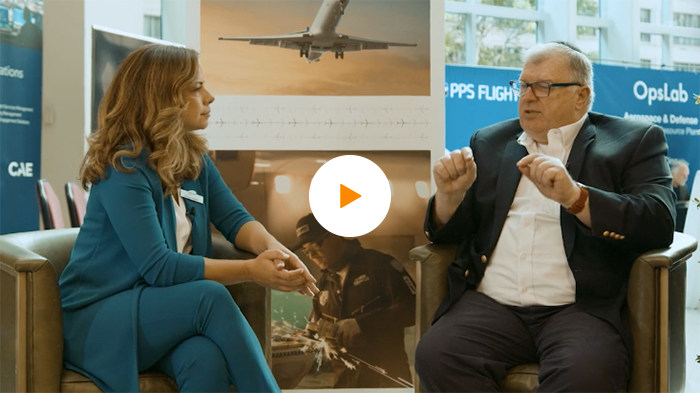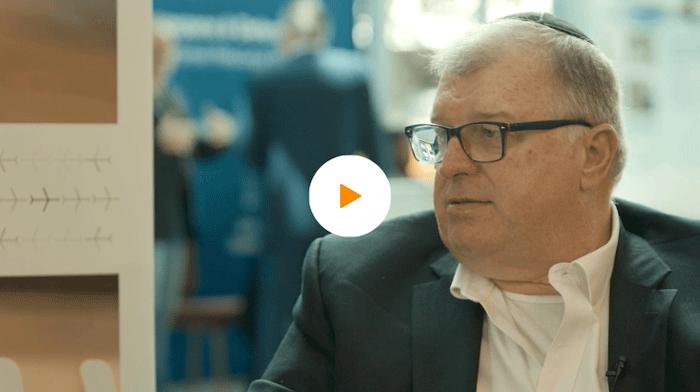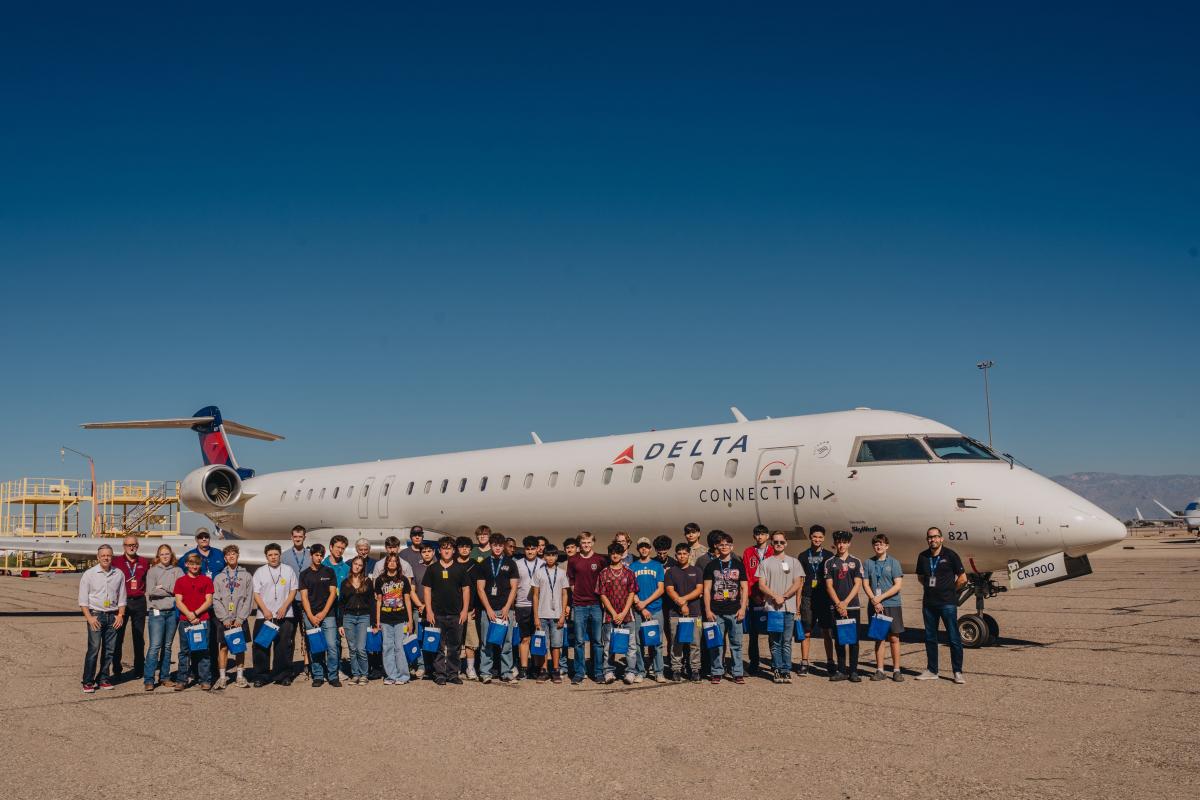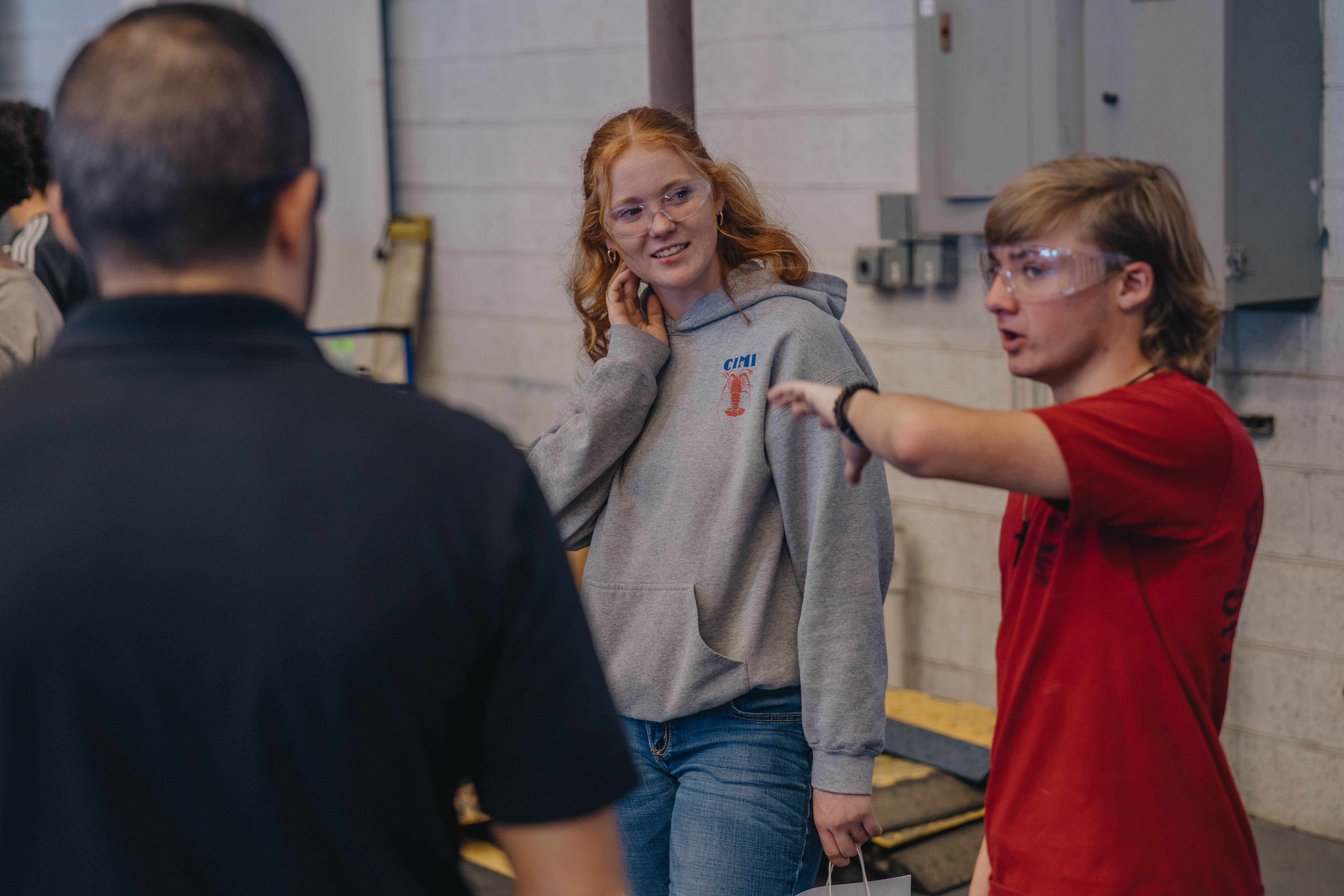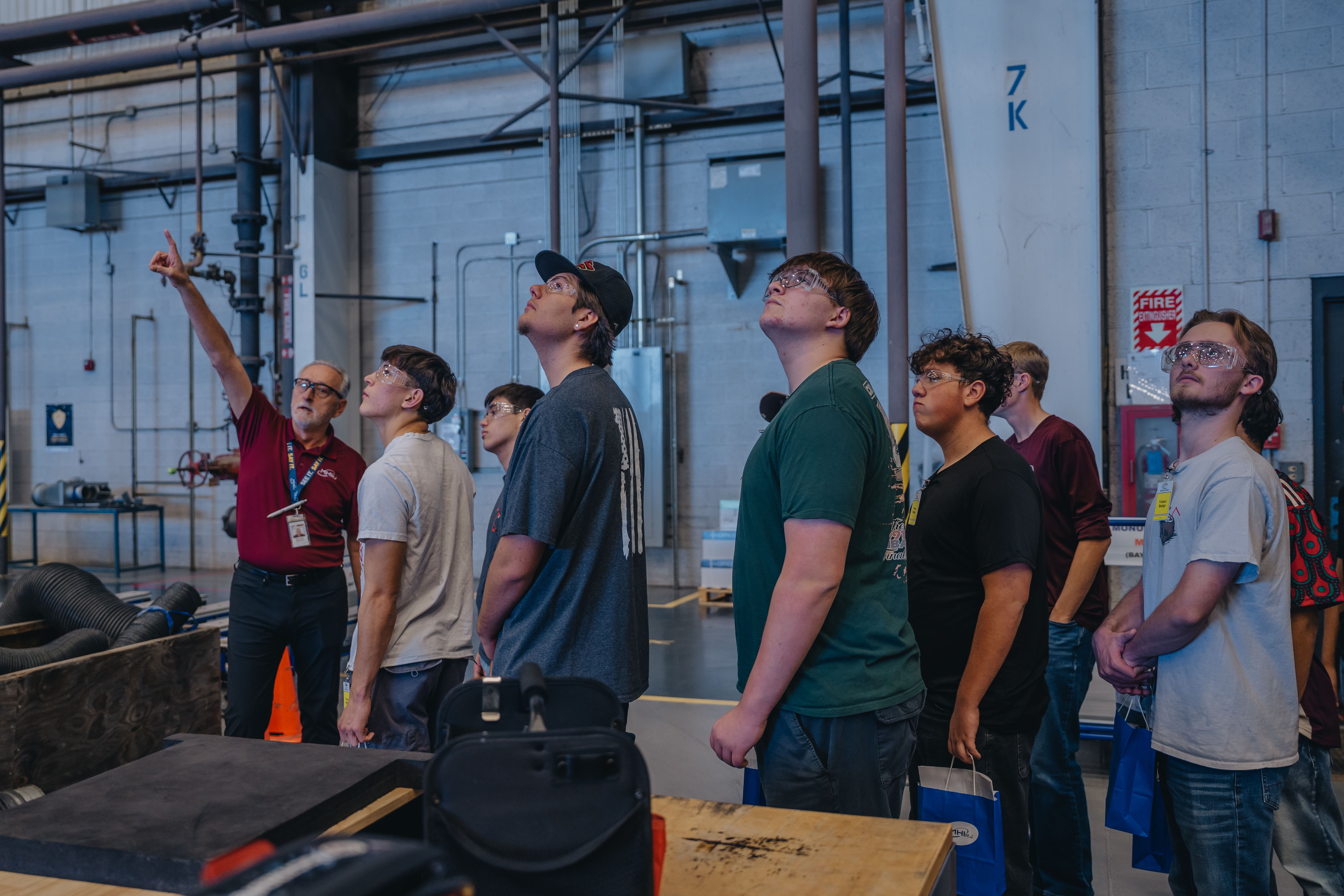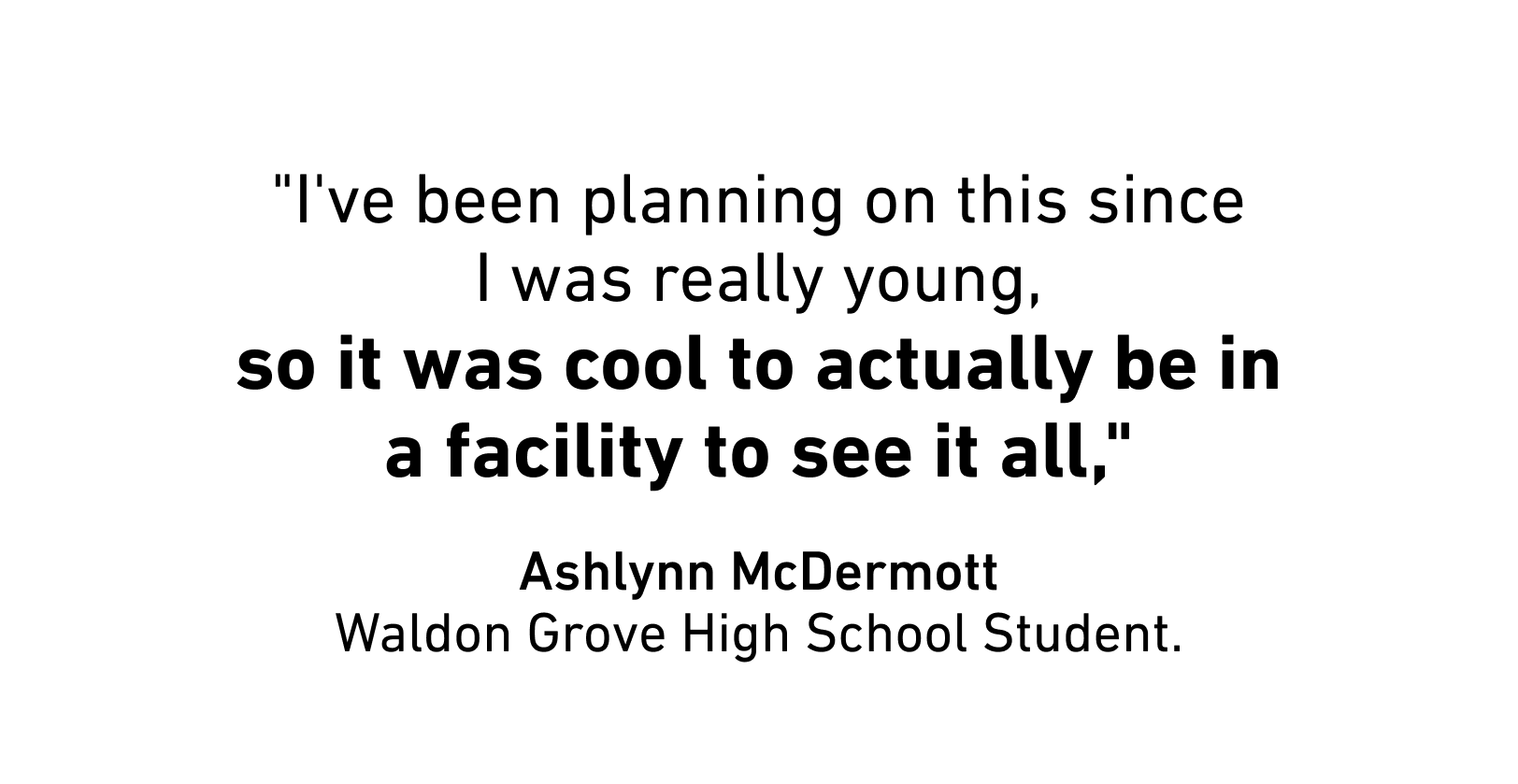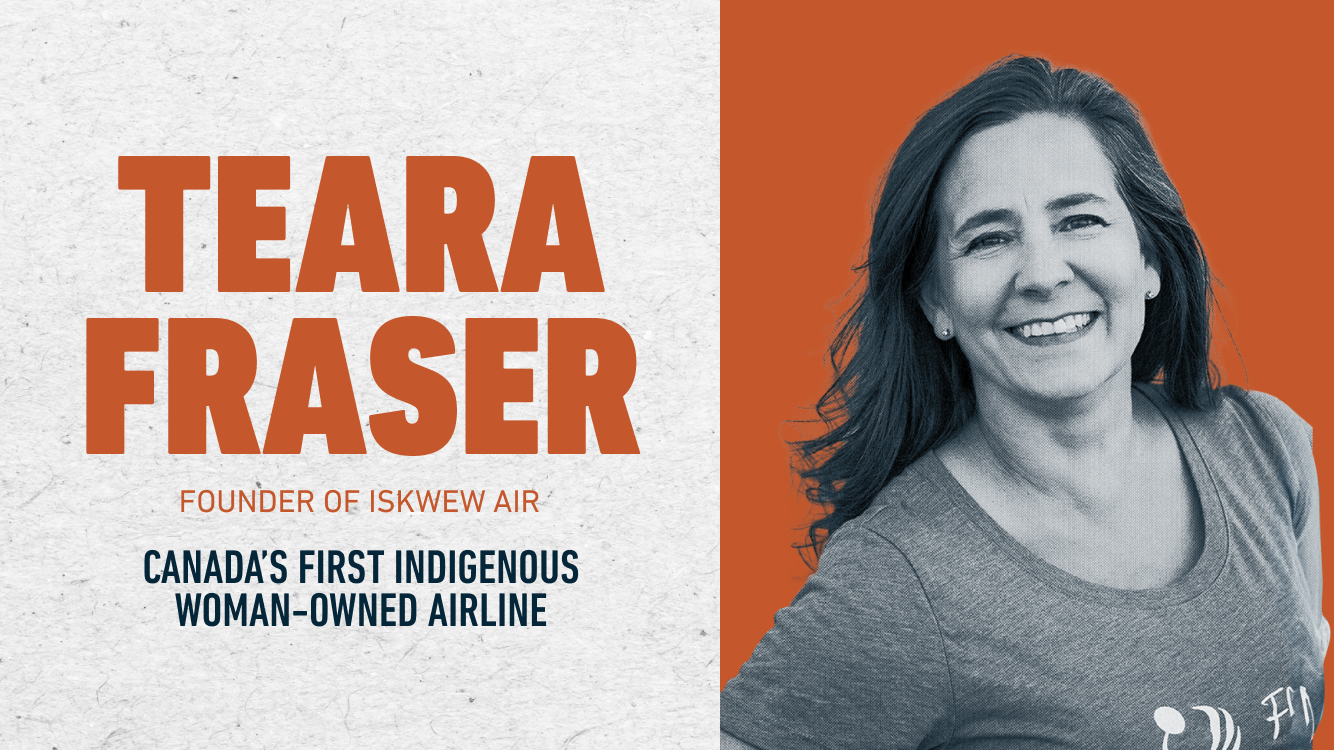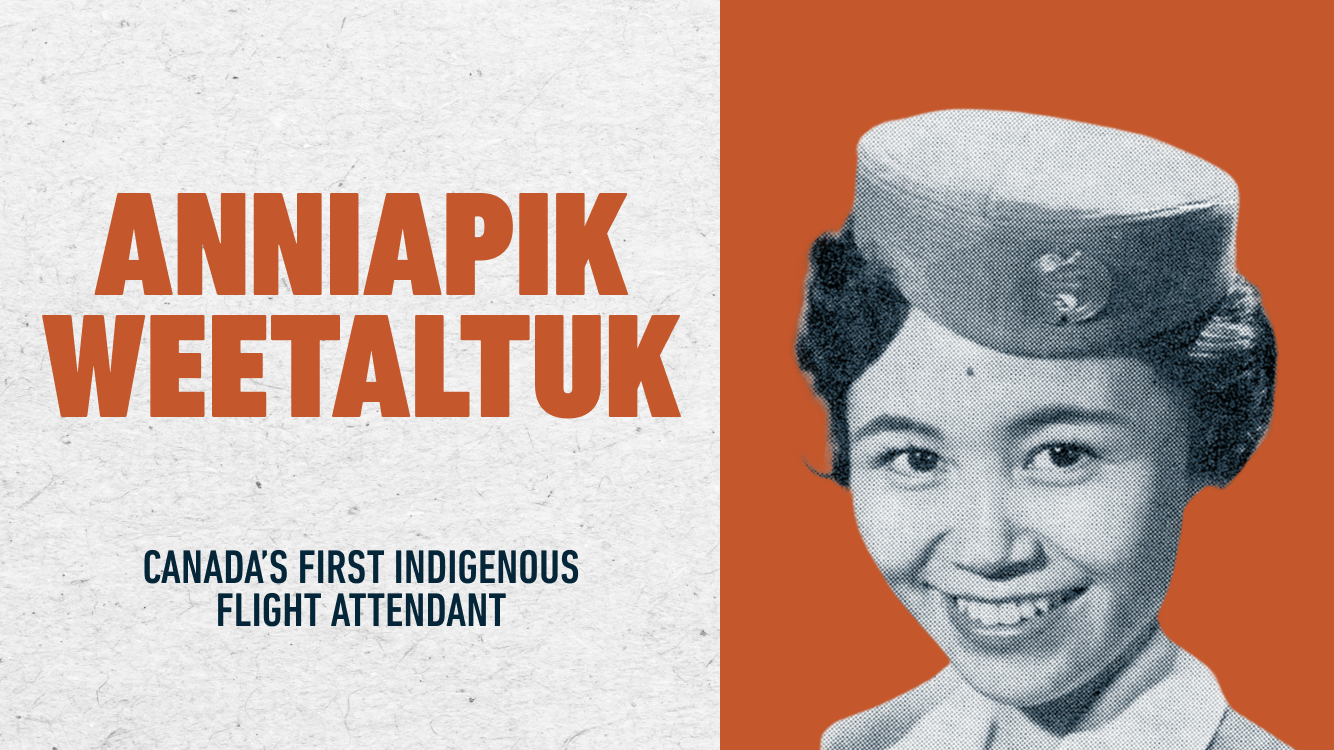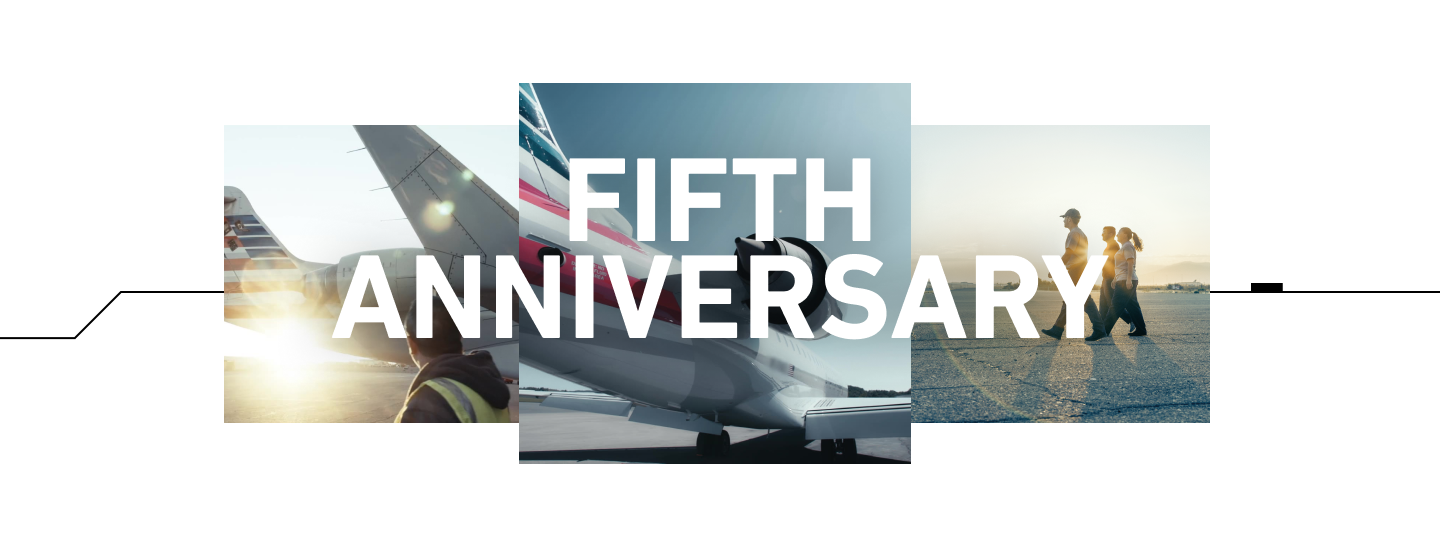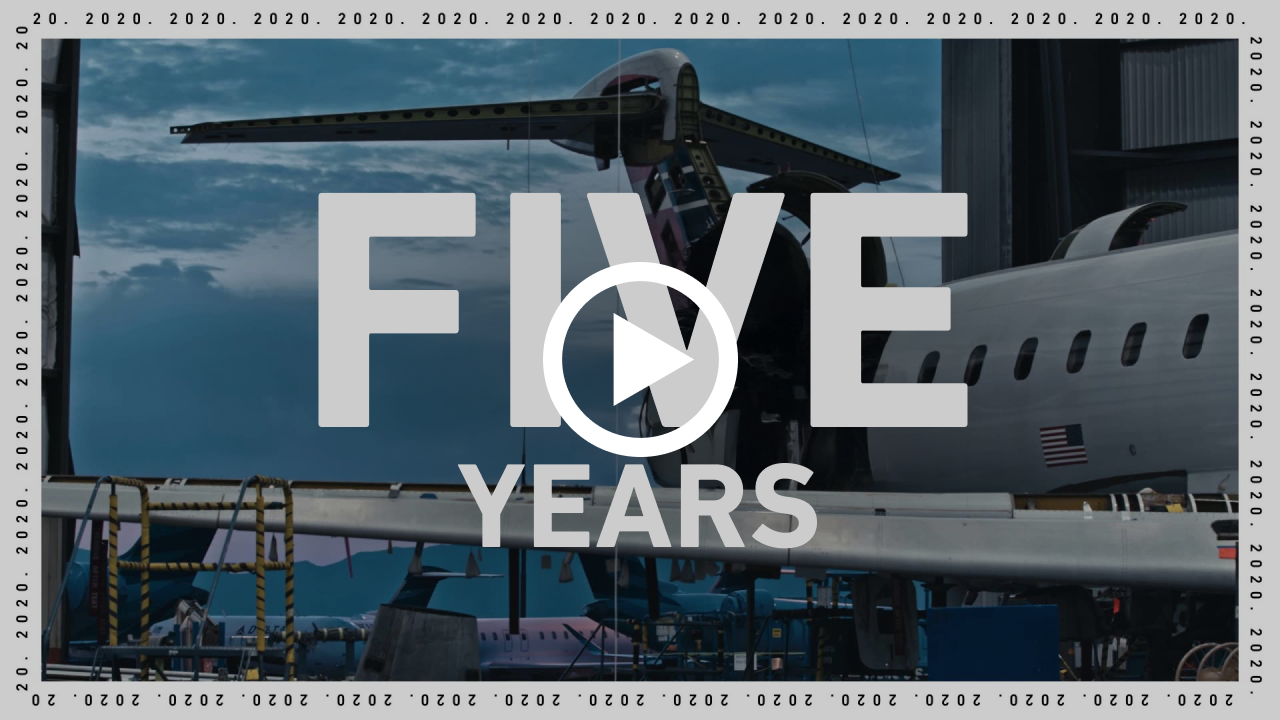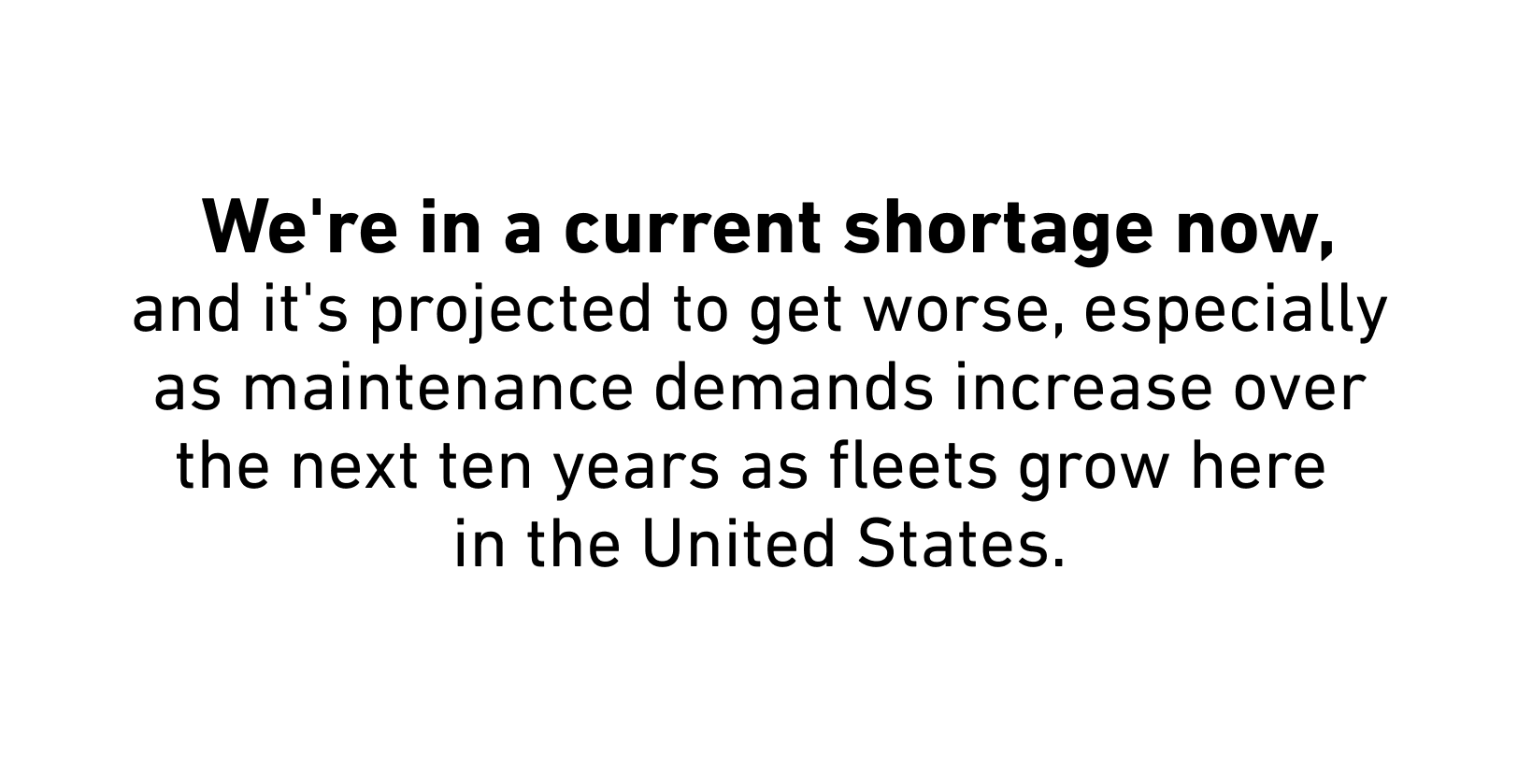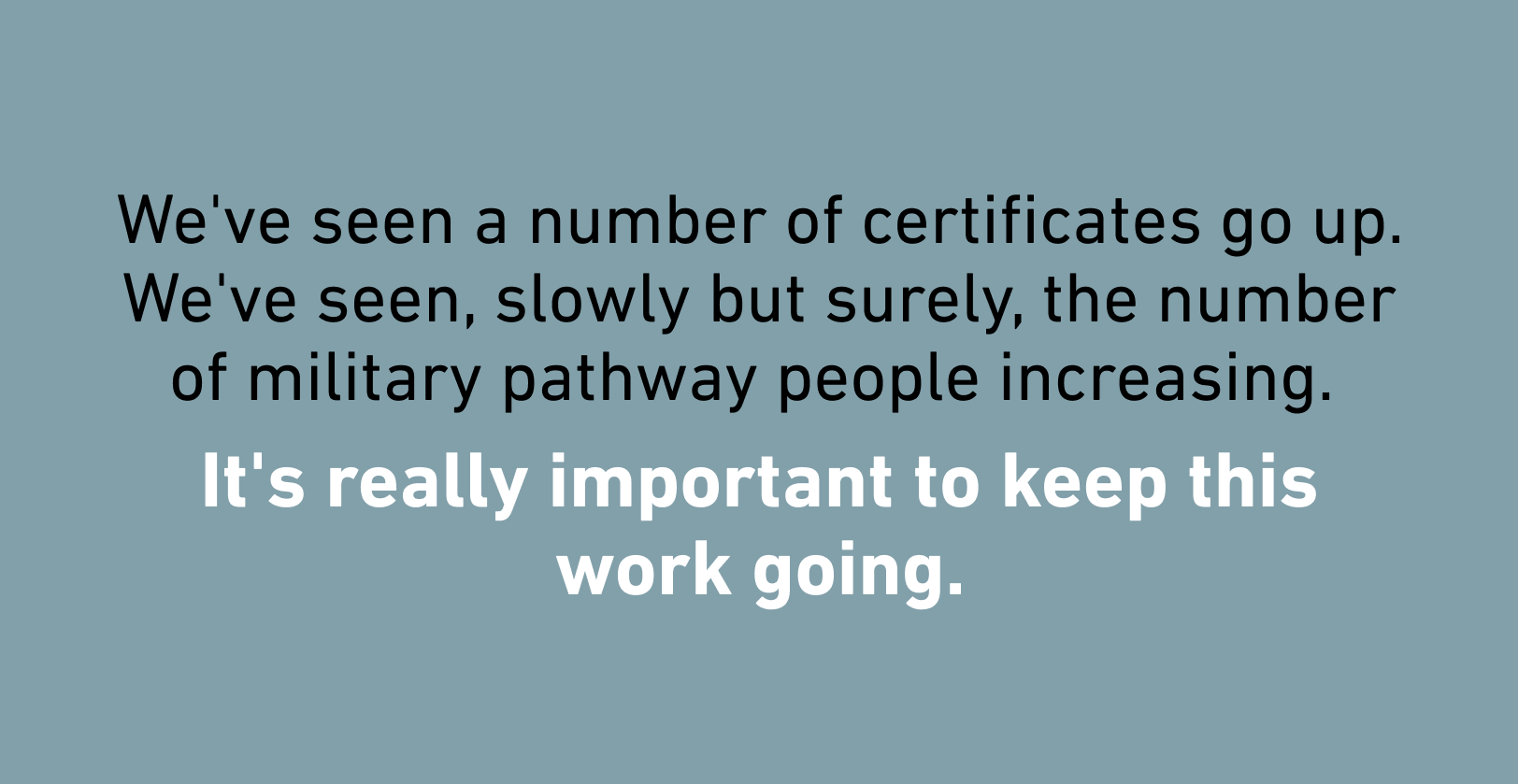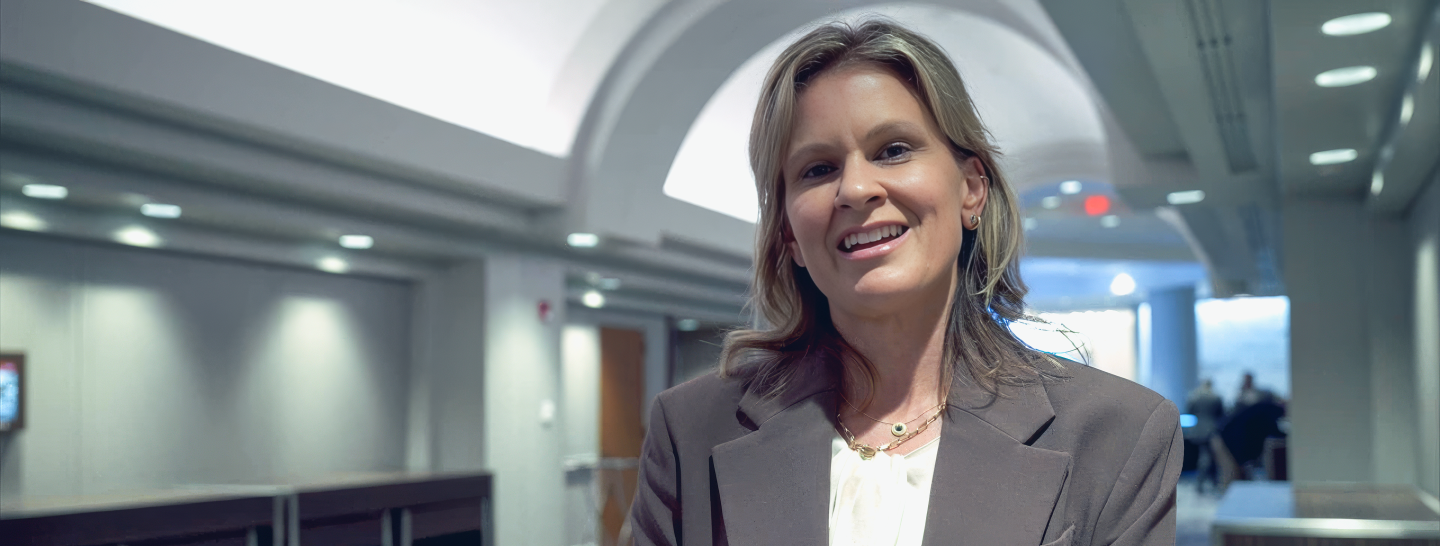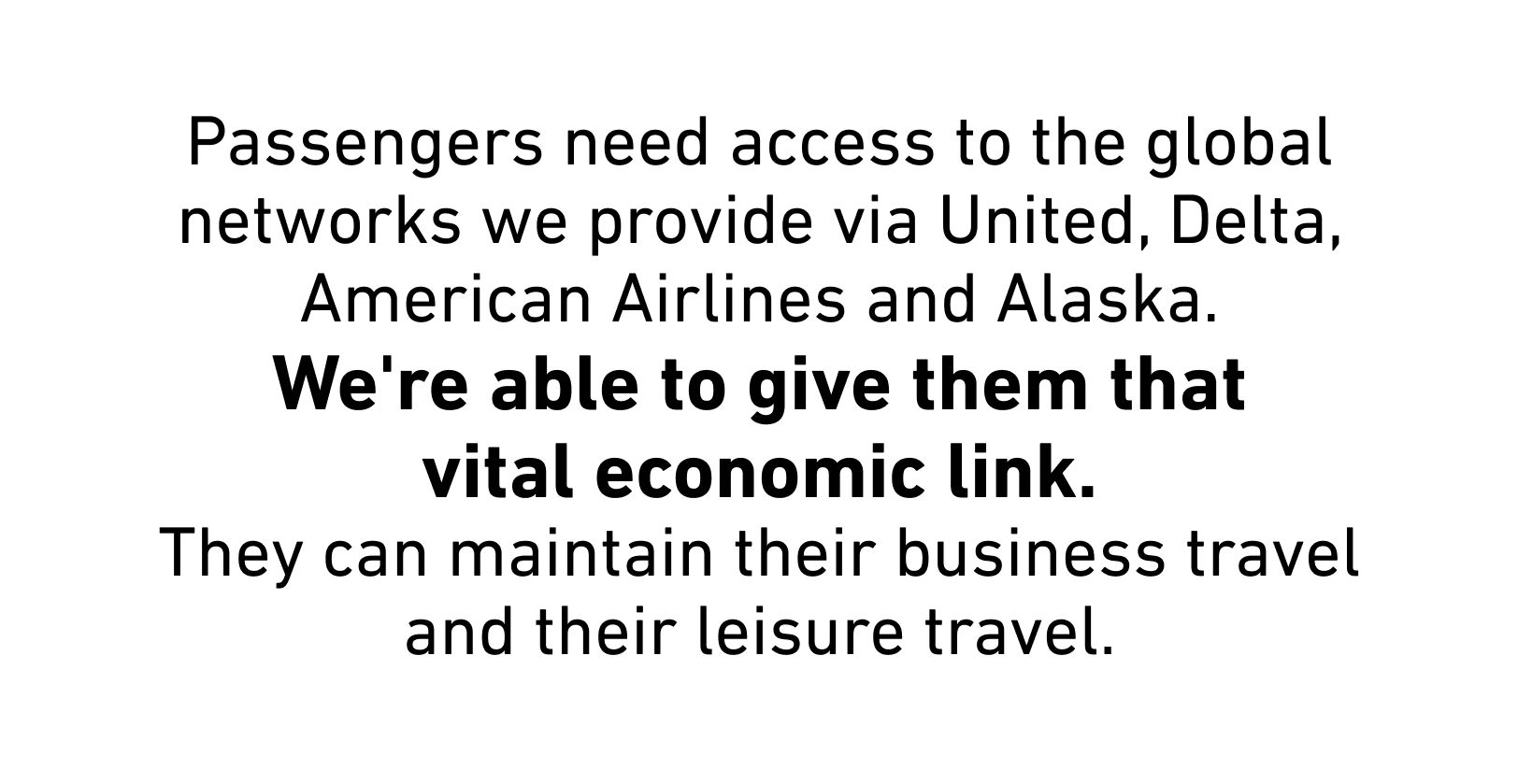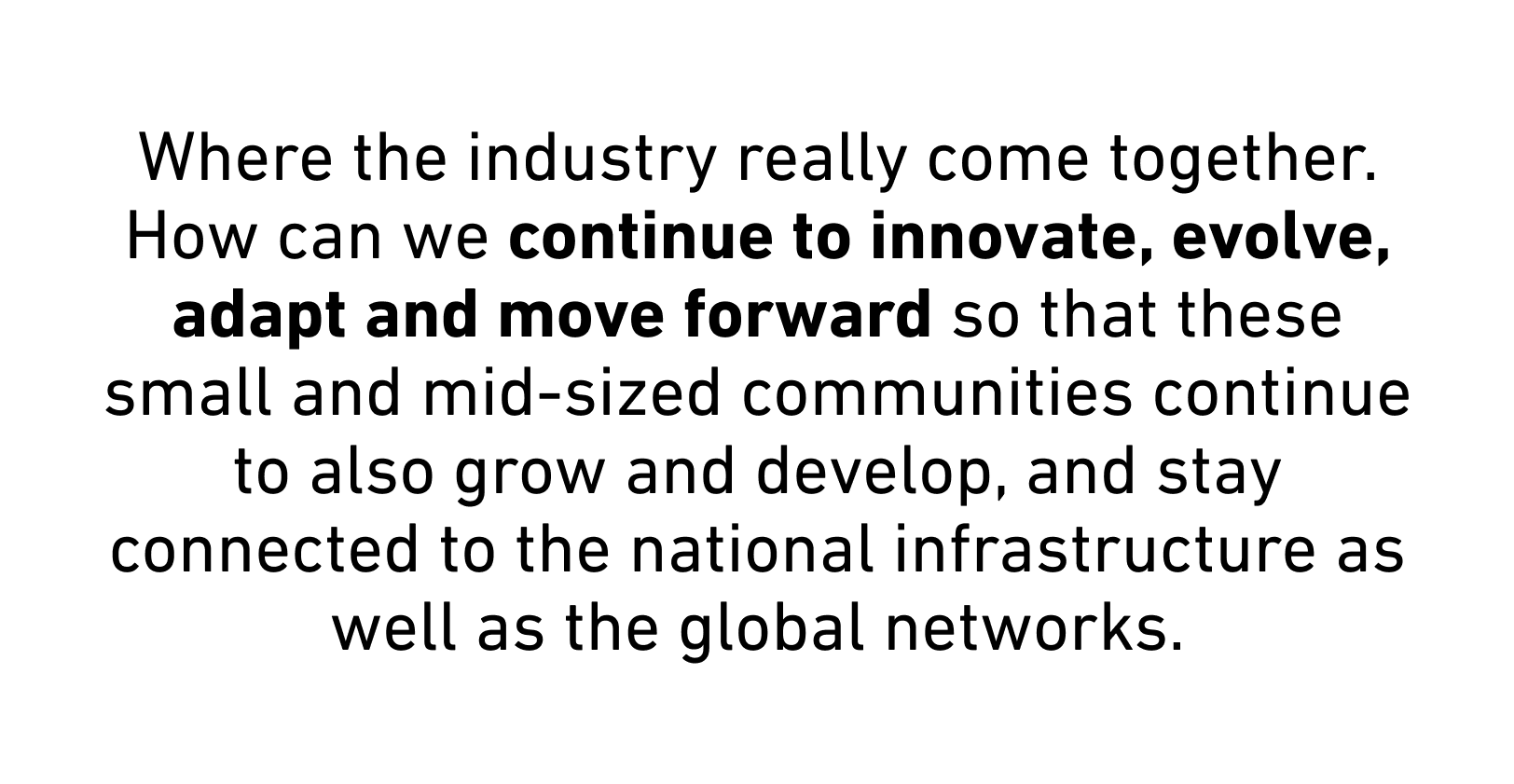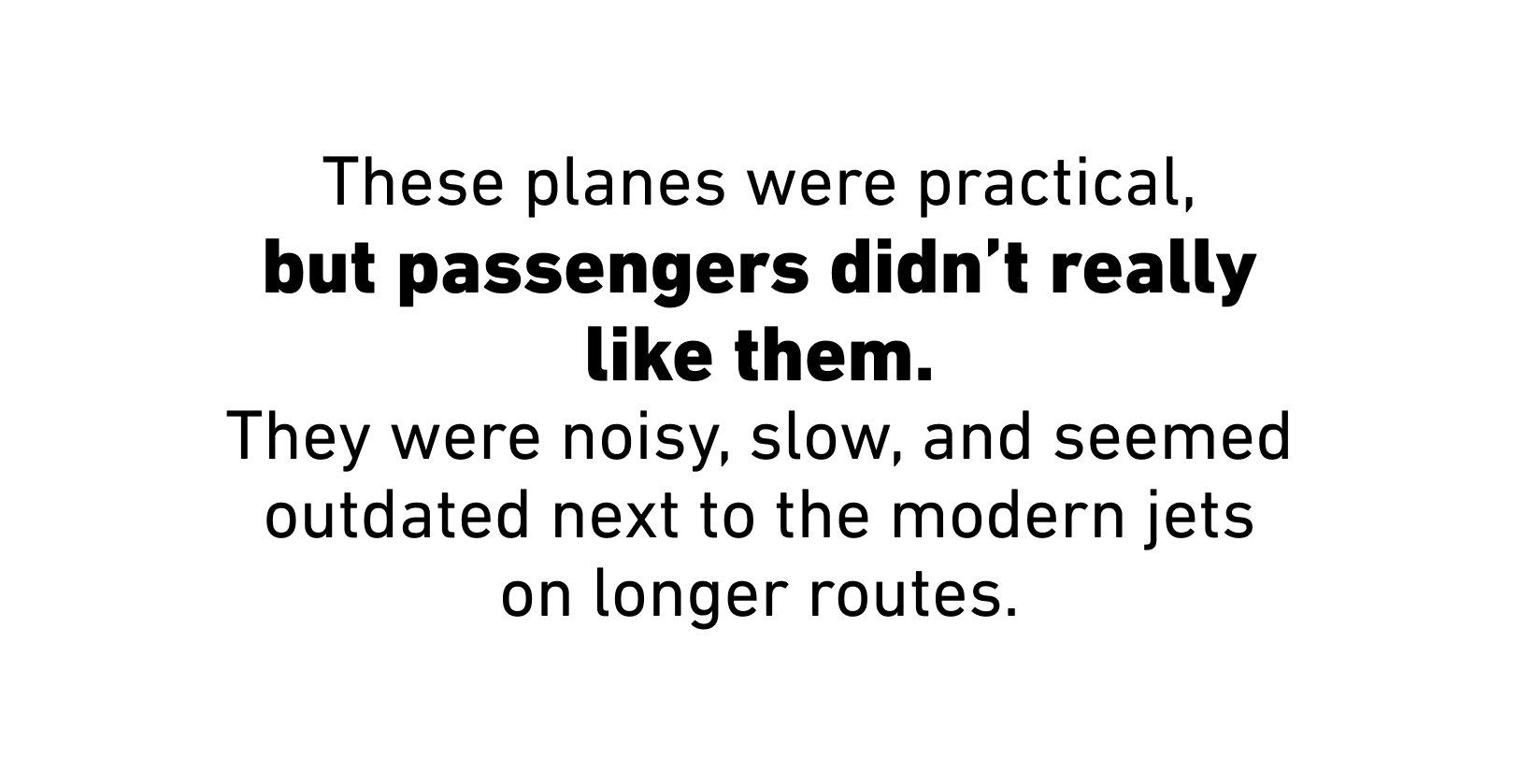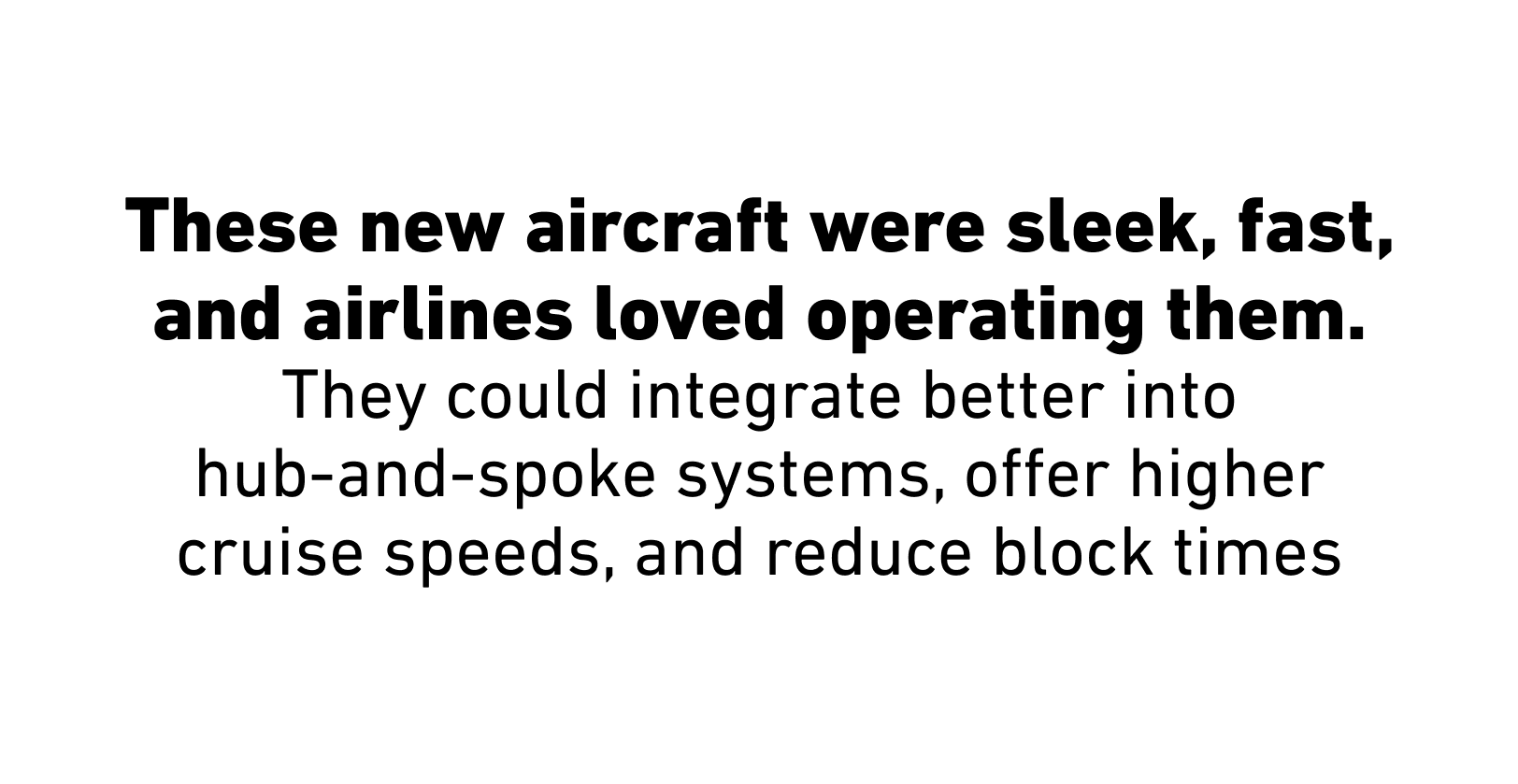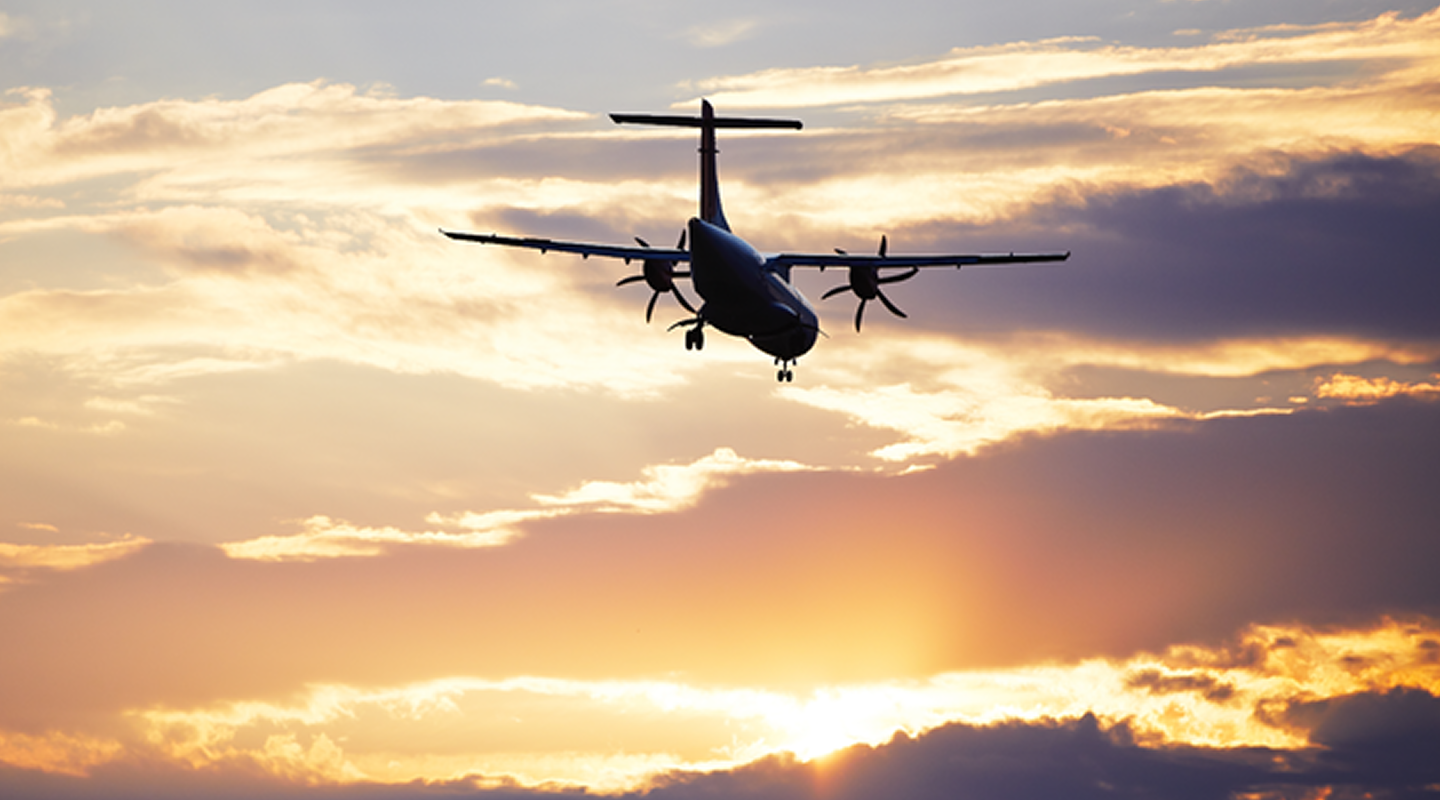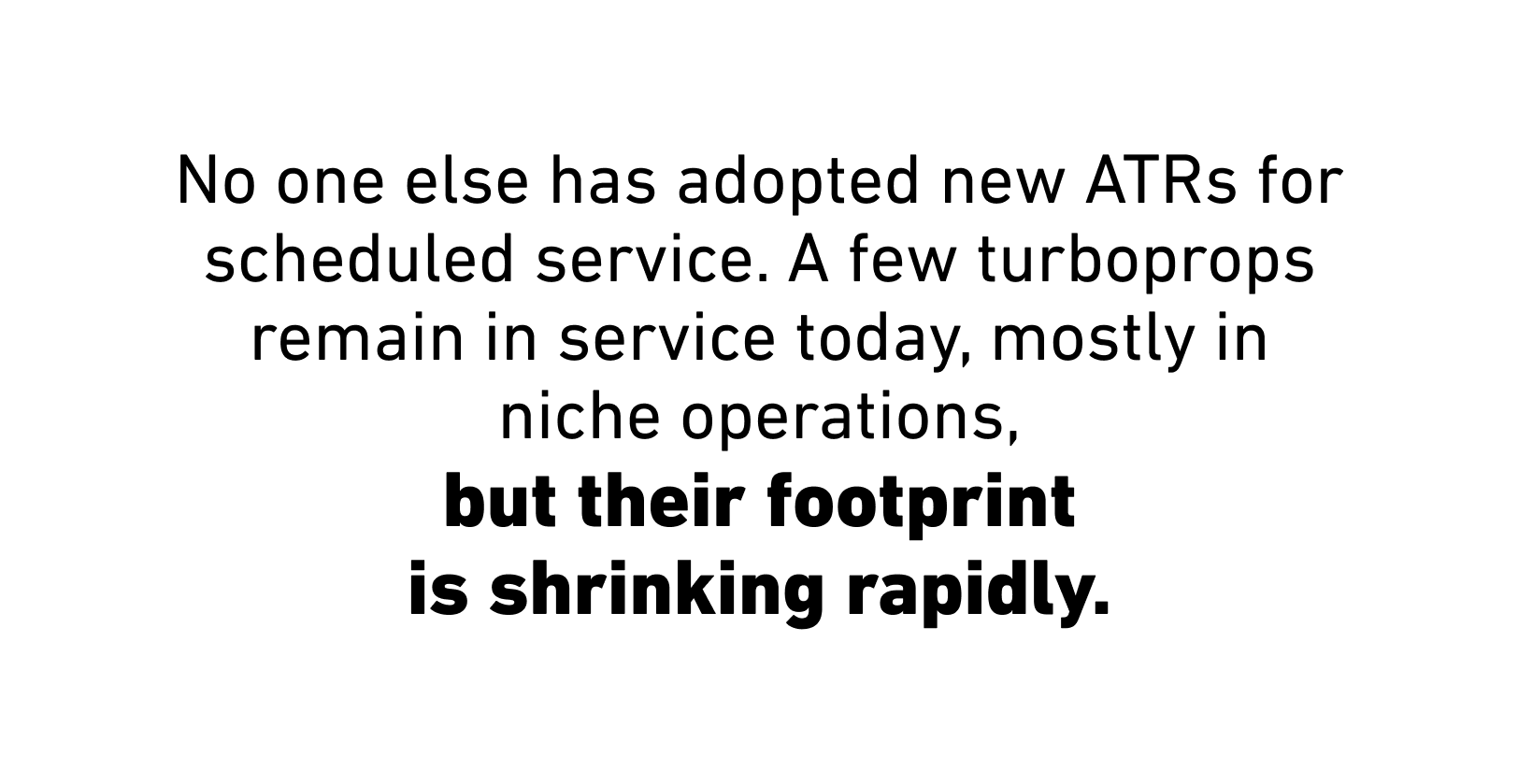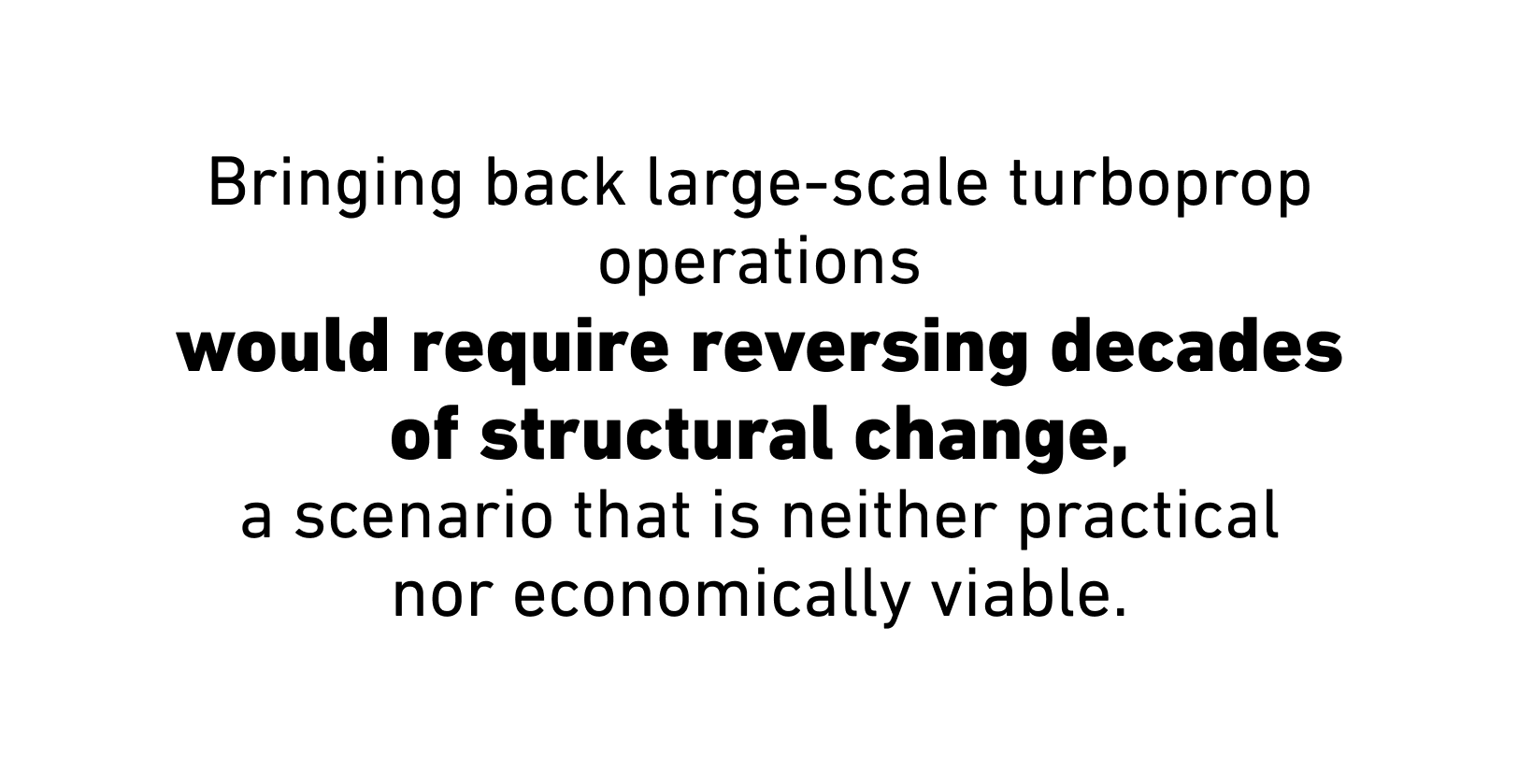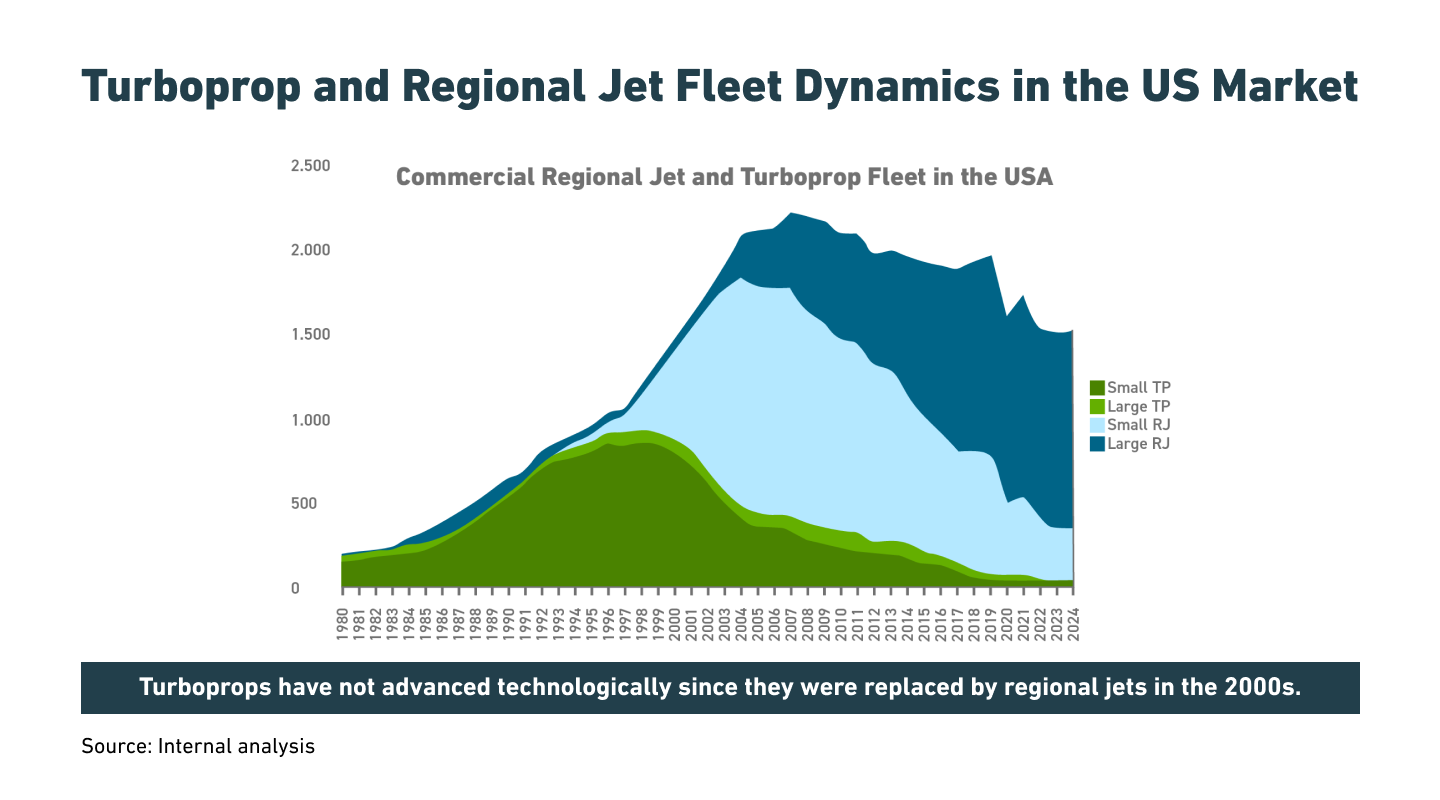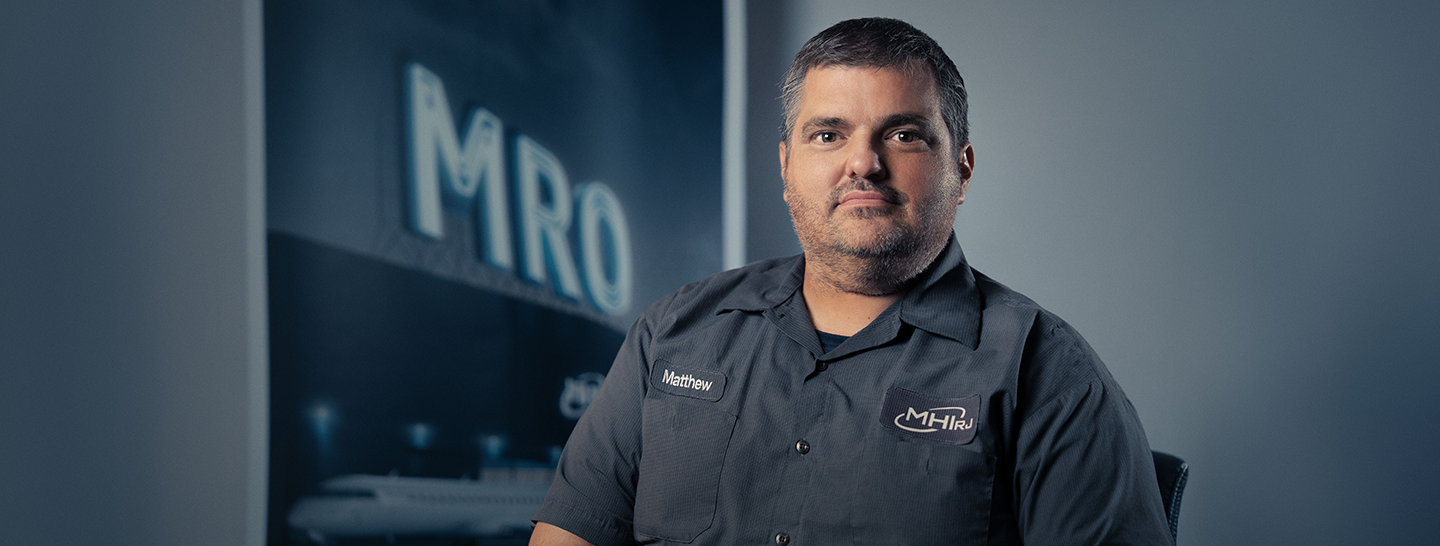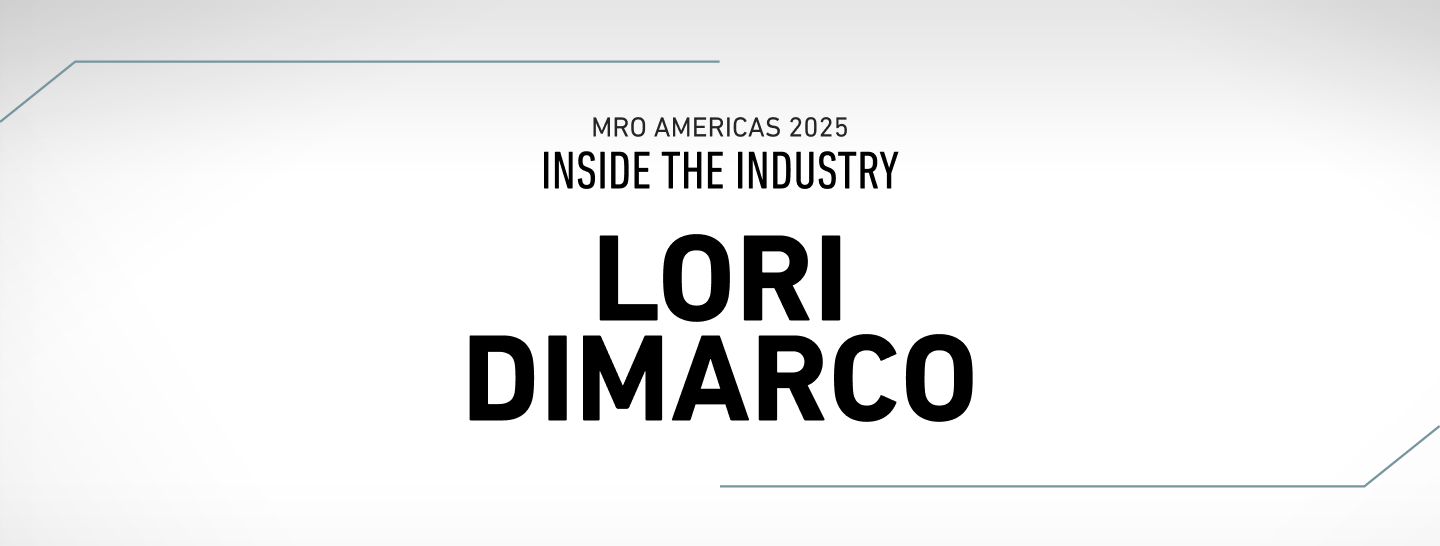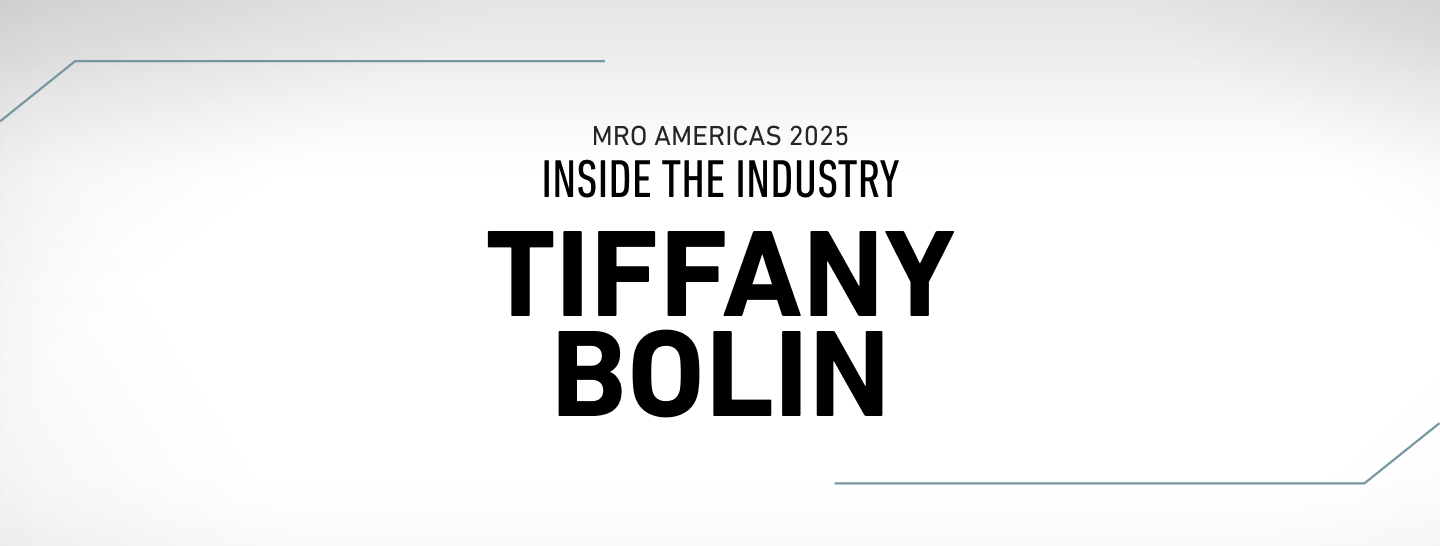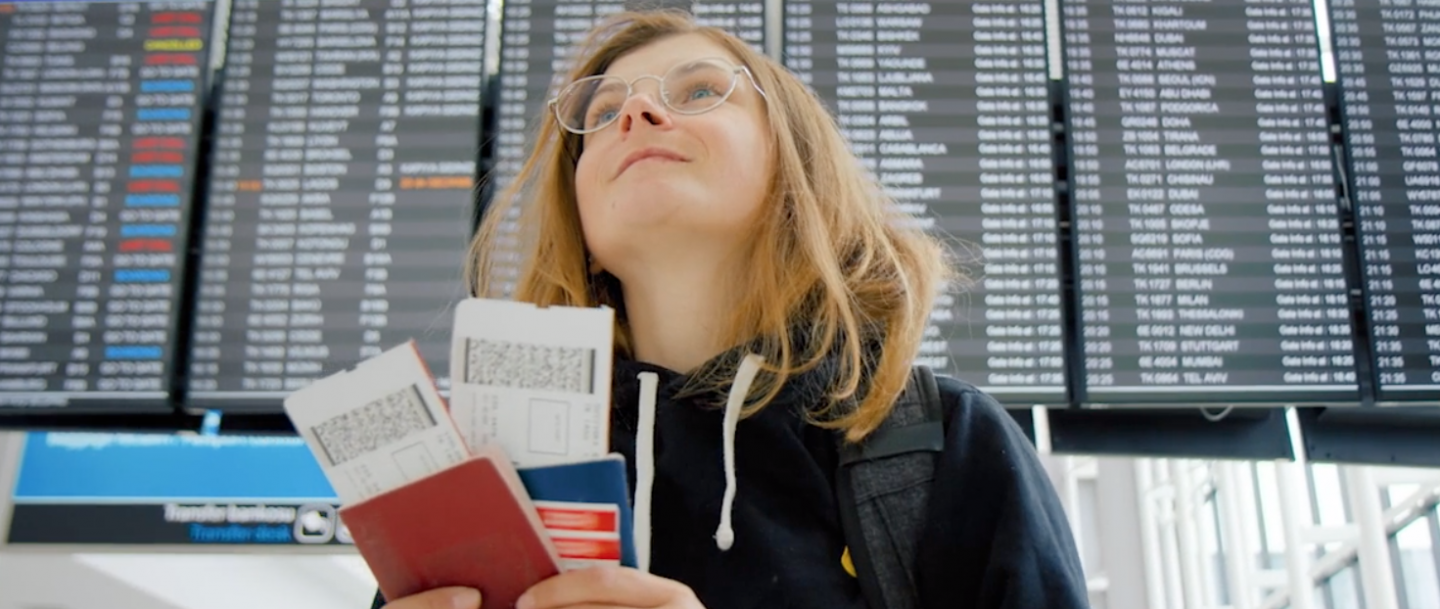
PILOT SHORTAGE: DOING THINGS DIFFERENTLY

As with so many other industries, the pandemic impacted the aviation industry in ways that nobody could have anticipated. As we emerge on the other side, we all have the opportunity to take what we have learned from the entire experience and use that knowledge to decide how we can do things differently moving forward.
The pandemic truly highlighted the need for change in the aviation industry. It magnified smaller issues into larger ones, and revealed new challenges entirely. MHIRJ is active in pushing for improvement alongside our industry partners, so while attending the Regional Airline Association meeting in Washington, D.C. we had an insightful conversation with Addison Schonland, industry analyst and reporter for AirInsight.
From turning pain points into opportunities, and building technologies up to bring costs down, he shared his thoughts on the factors that can and will reinvent the industry as we know it:
BREAKING PAST BARRIERS
As we transition into a new era of opportunity, there are, of course, a number of structural barriers that continue to limit the pace of progress that we would ideally like to see. The biggest obstacle continues to be the pilot shortage. From pilots taking early retirement during the pandemic, to the financial and circumstantial challenges that new pilots face, the focus continues to lie on how we can remedy the situation.
What remains clear is the fact that we need new pilots in the air to get planes off the ground, but regulations remain rigid—including the 1,500 hours required to become a fully licensed pilot:
FUTURE SOLUTIONS
Beyond changing the number of hours required for accreditation, or accelerating the means of acquiring them, financial factors are also at play. One viable solution that could help move the needle is funding for tuition—which currently costs approximately $200,000. As this number is not realistically affordable for most people, conversations need to be had with regulators and legislators on how we can create better, safer training with lower tuition.
Will legislative change help? Yes. Will new technologies help? Yes. Will this take time, testing, and new safety measures? Yes. And this is why maintaining a united front continues to be our greatest strength in expediting new measures so that we can put real change on the horizon.
We’ll continue to cover the latest developments right here in WINGSPAN, and continue to lobby for collective change.
- Log in to post comments

 24
24
